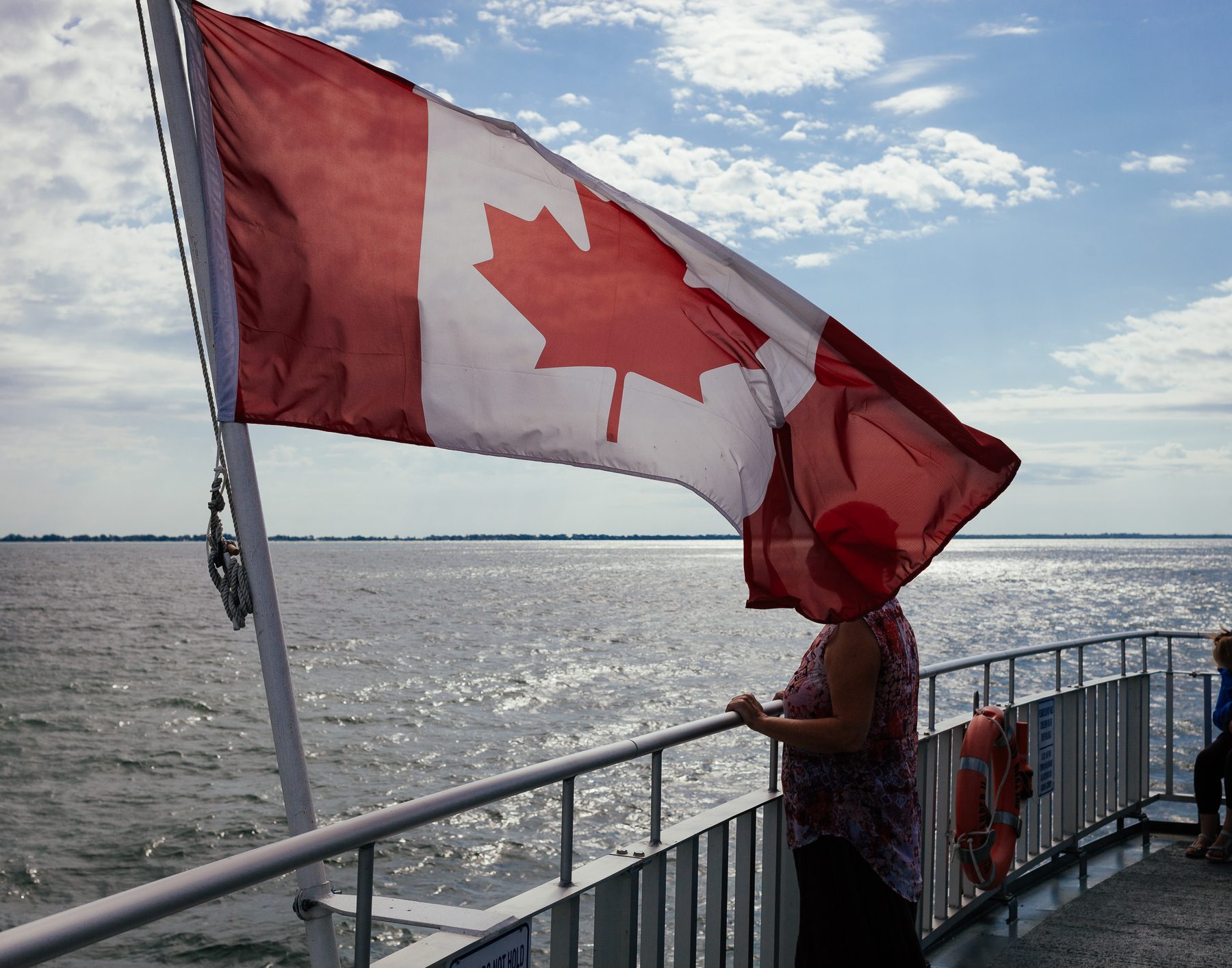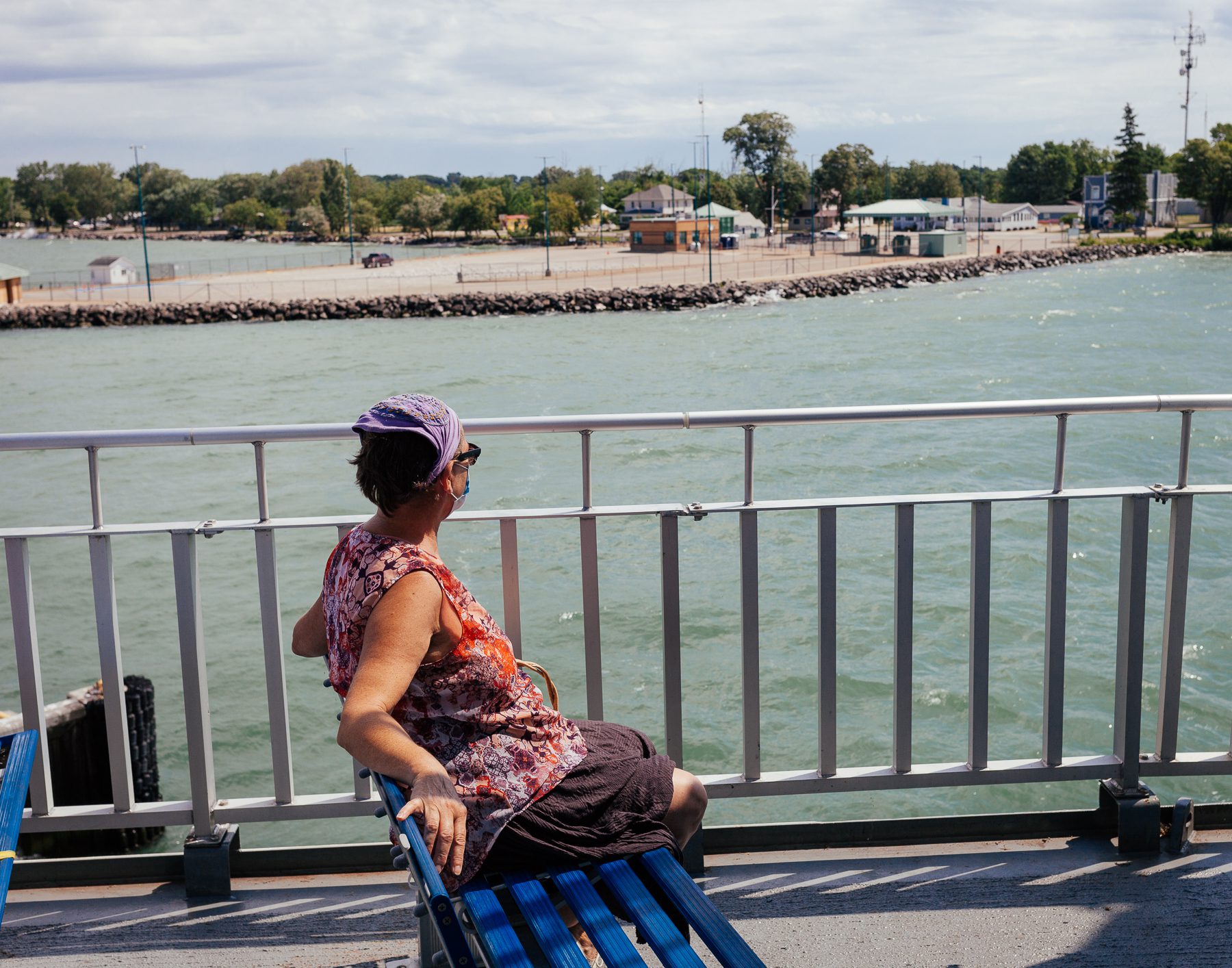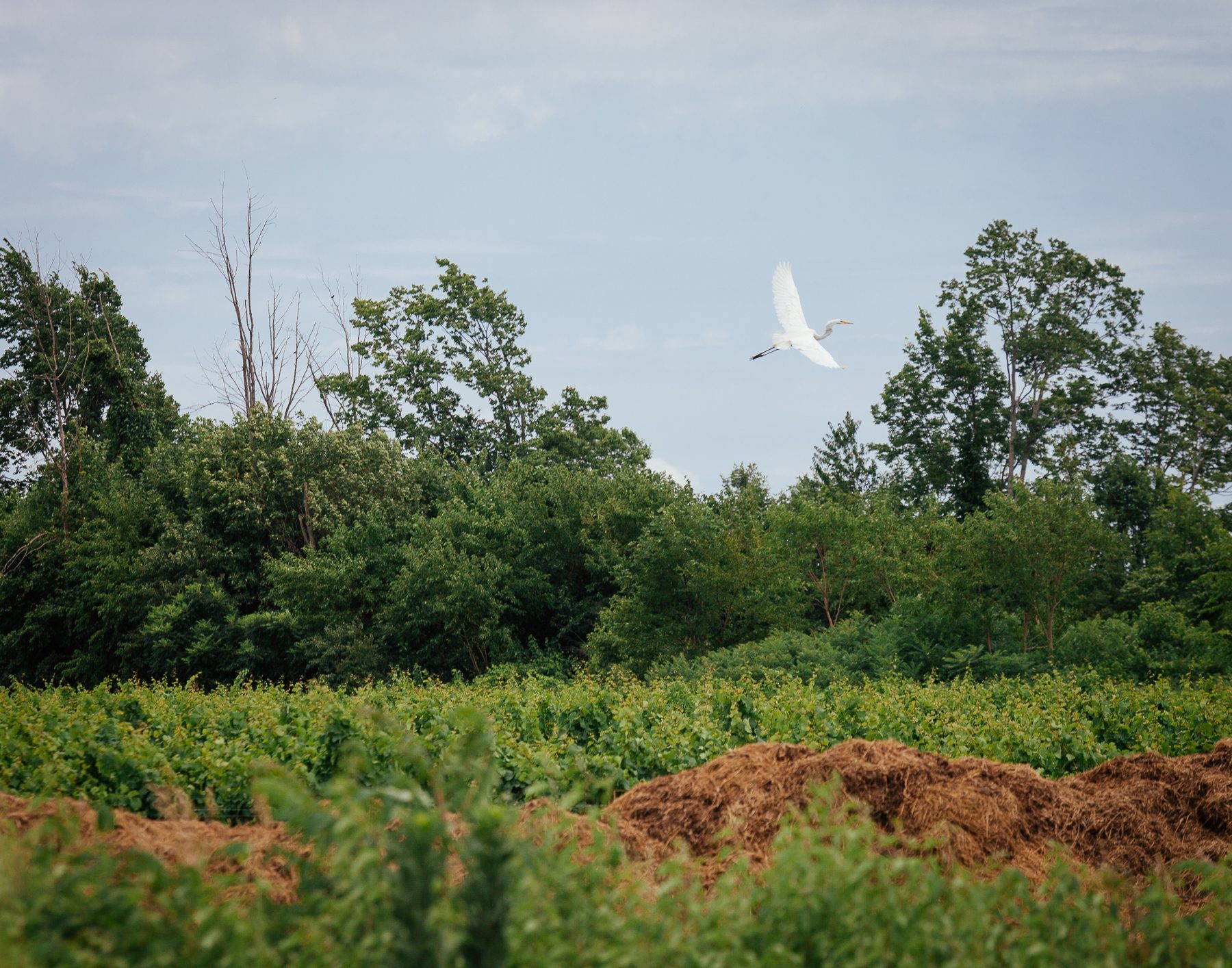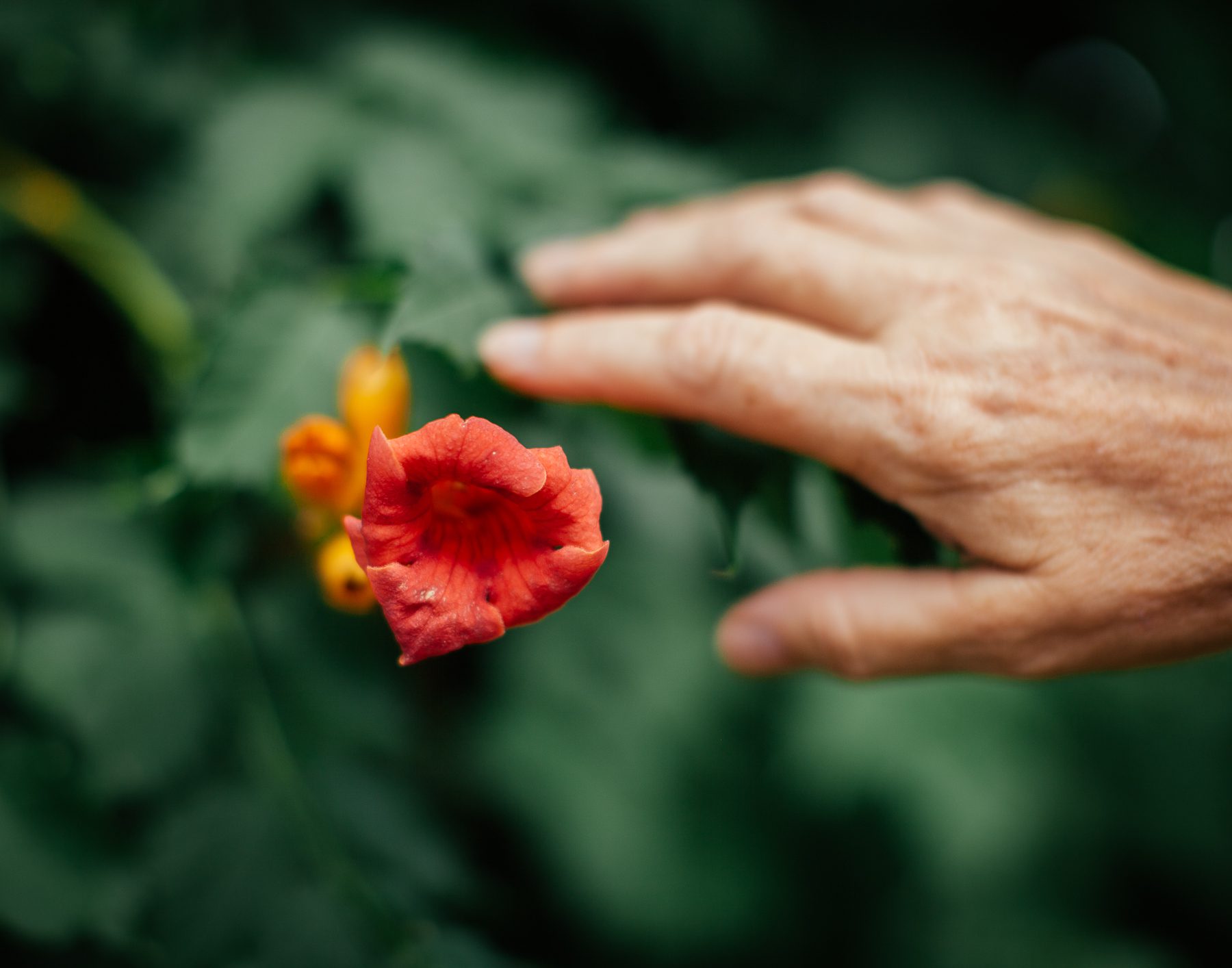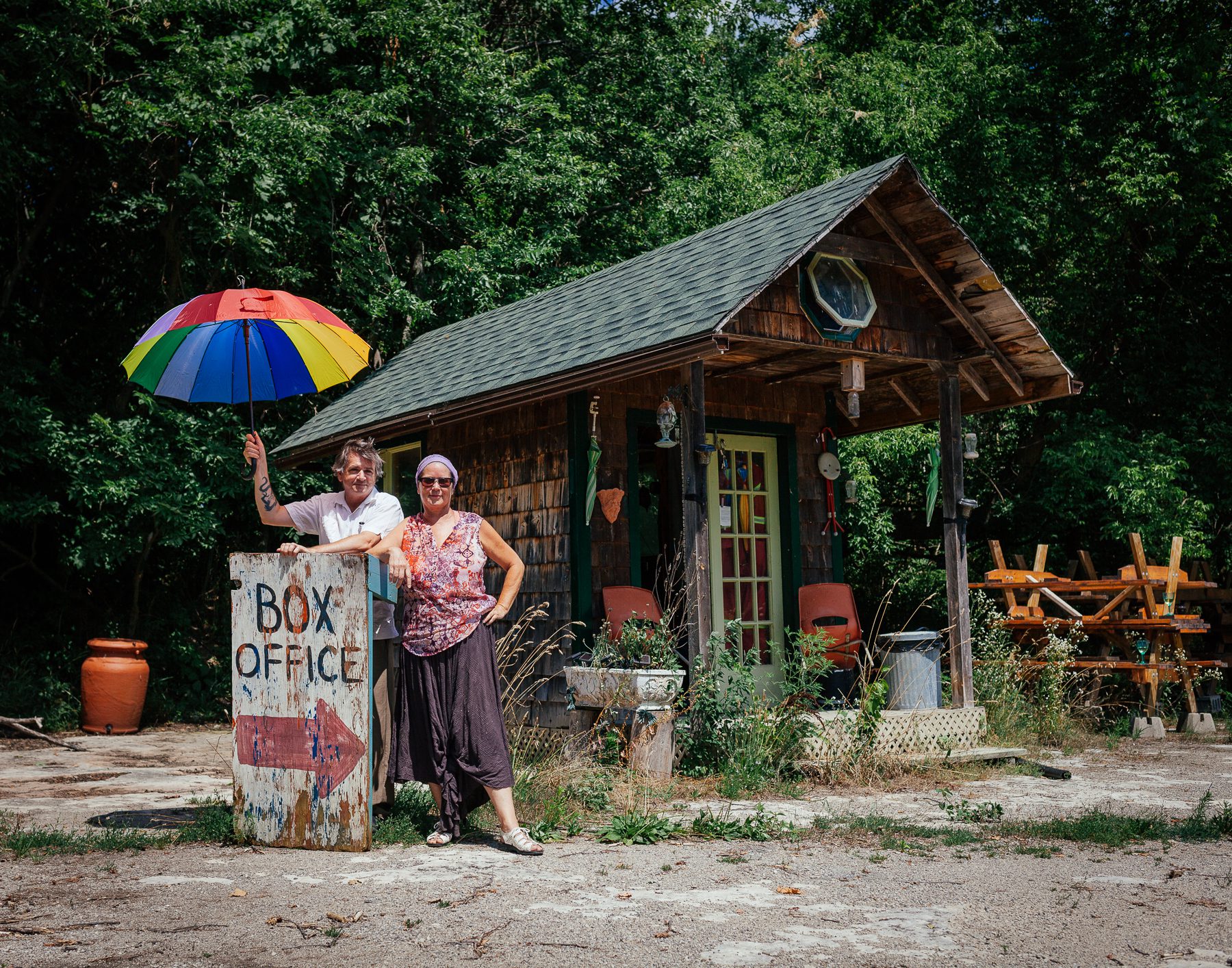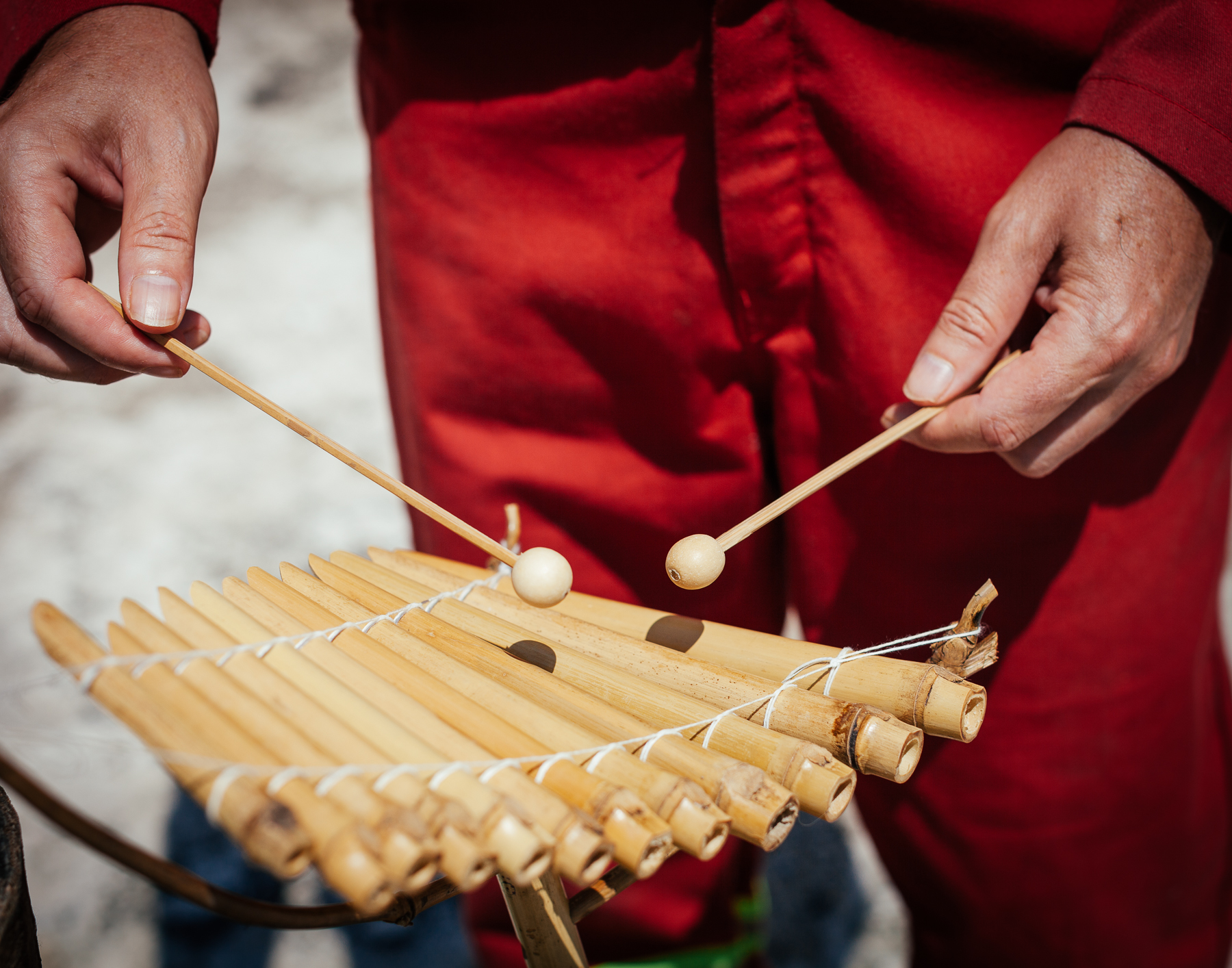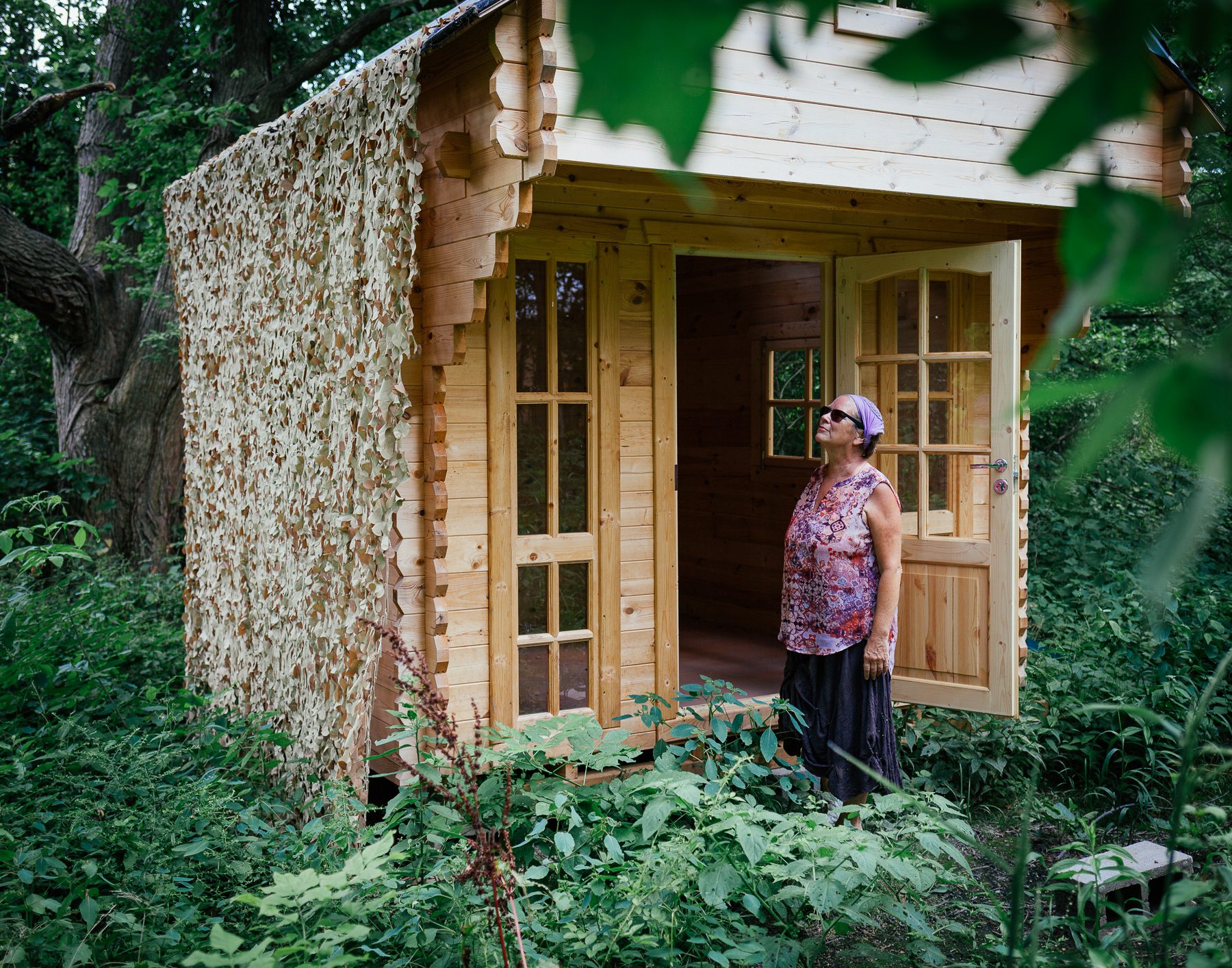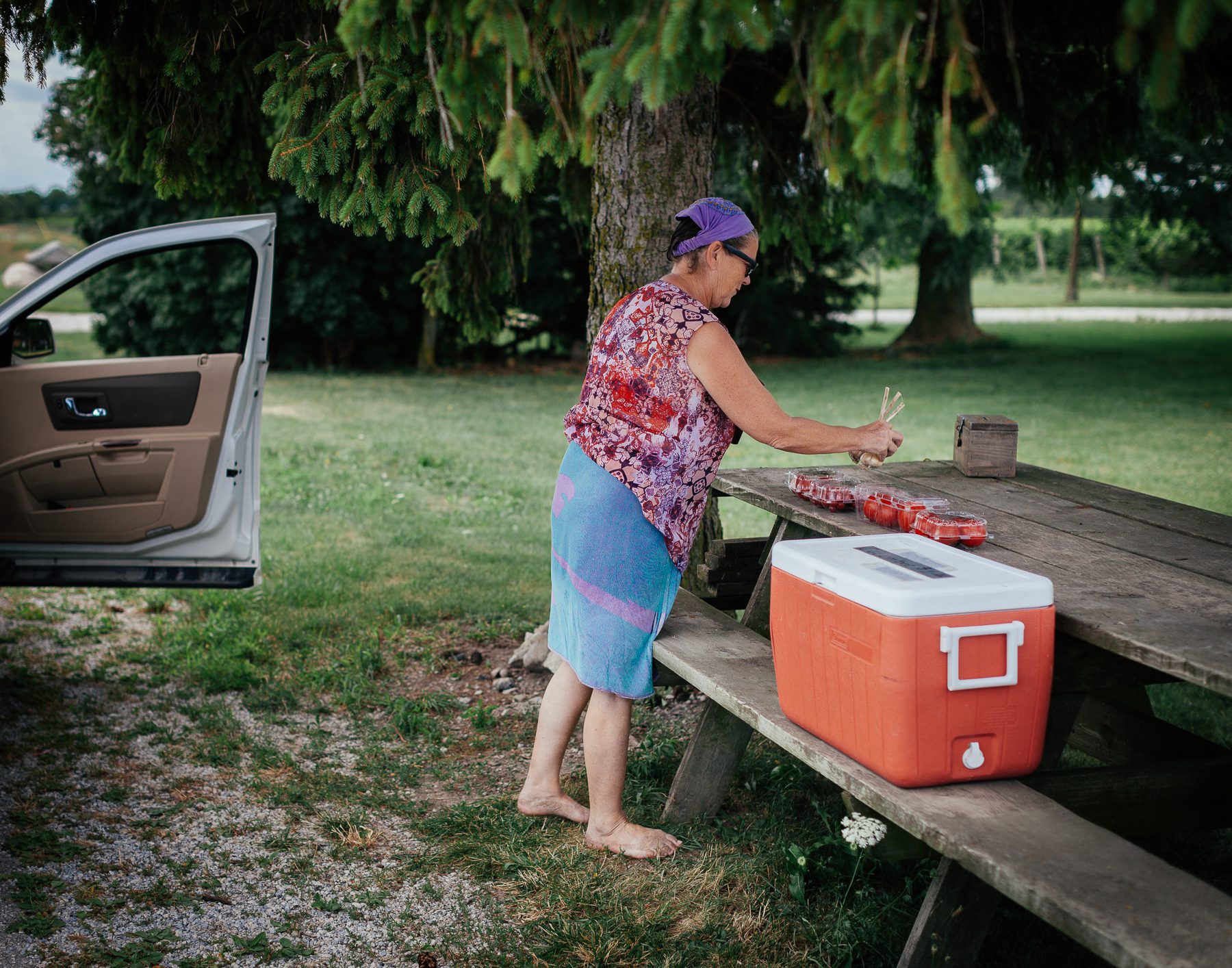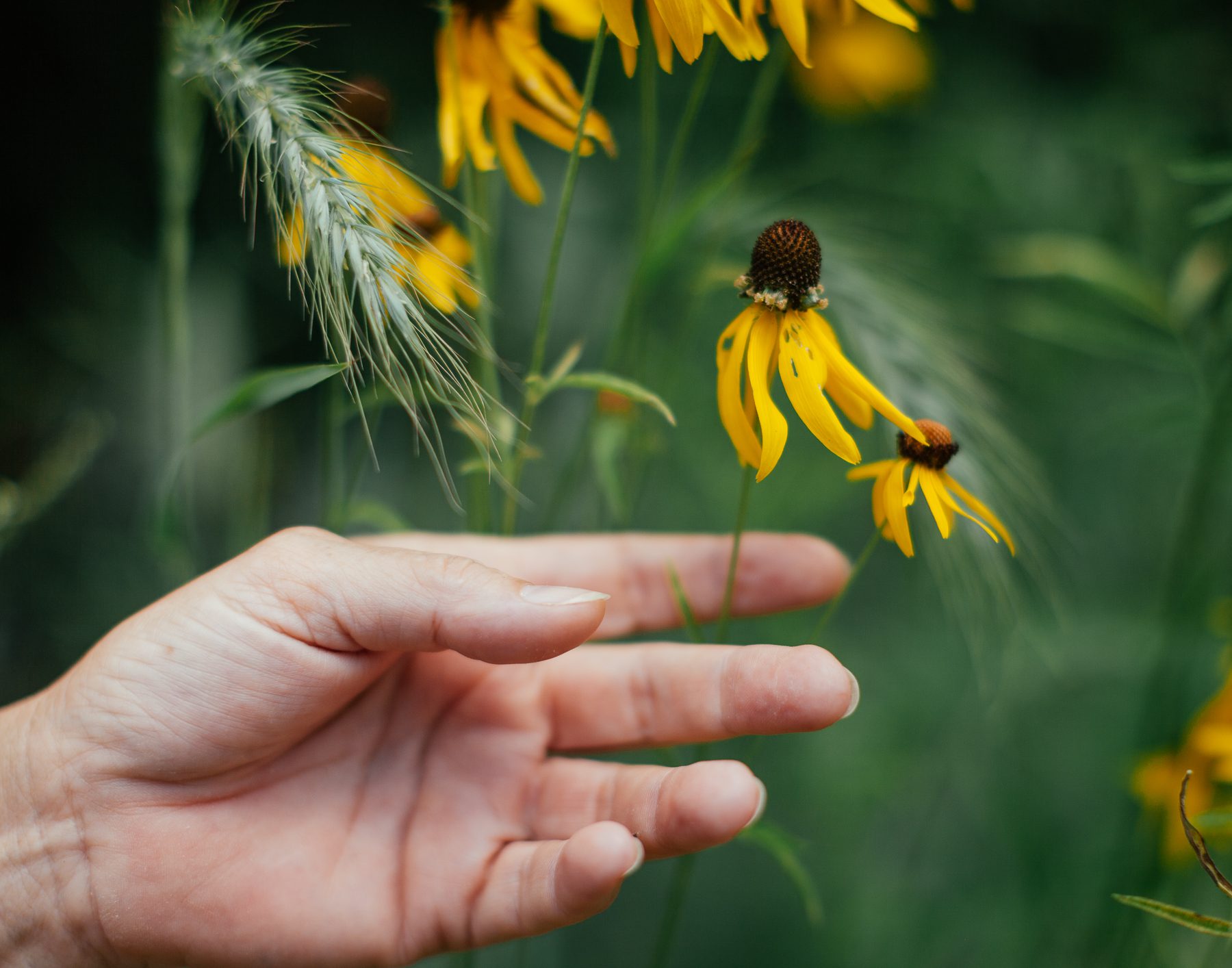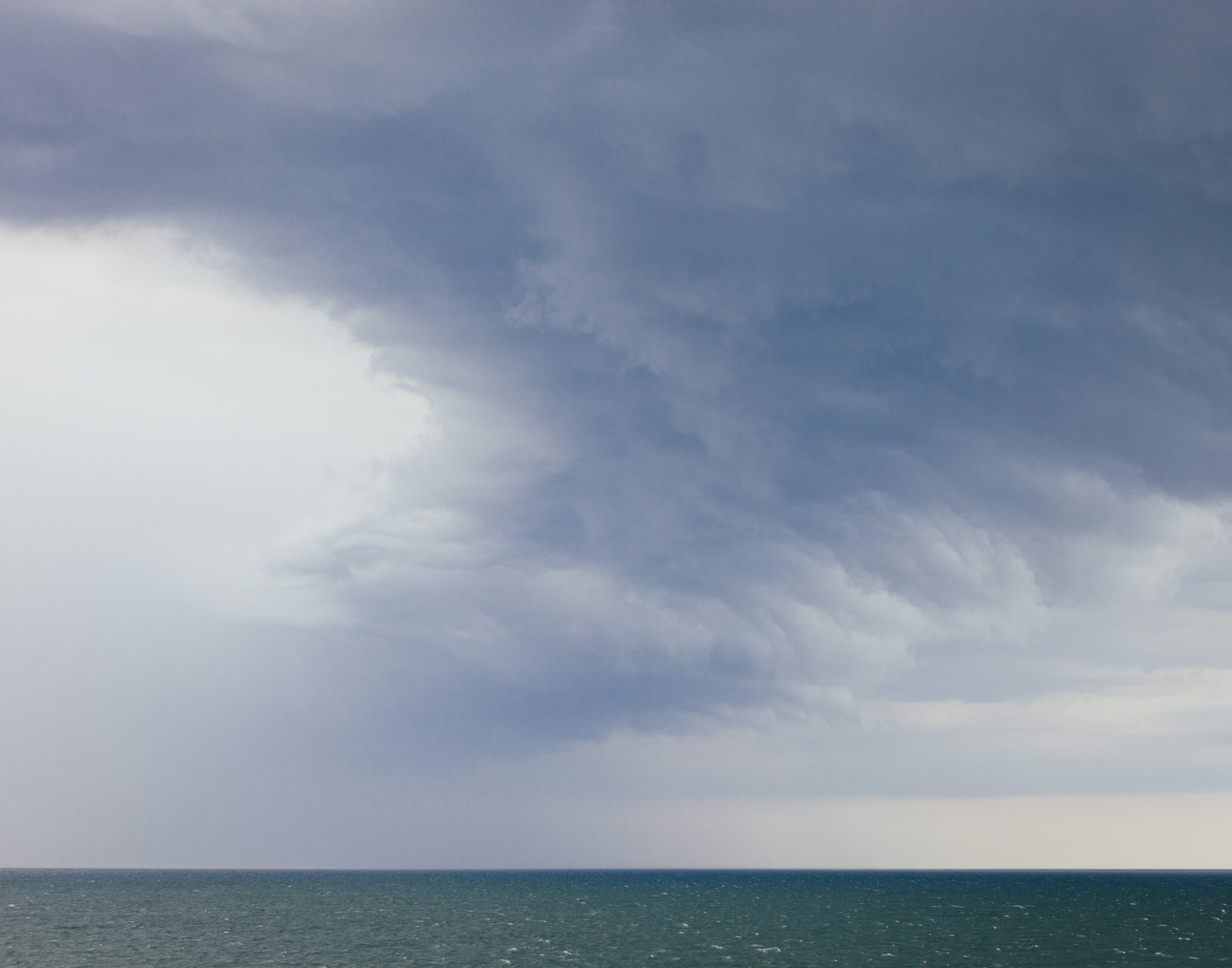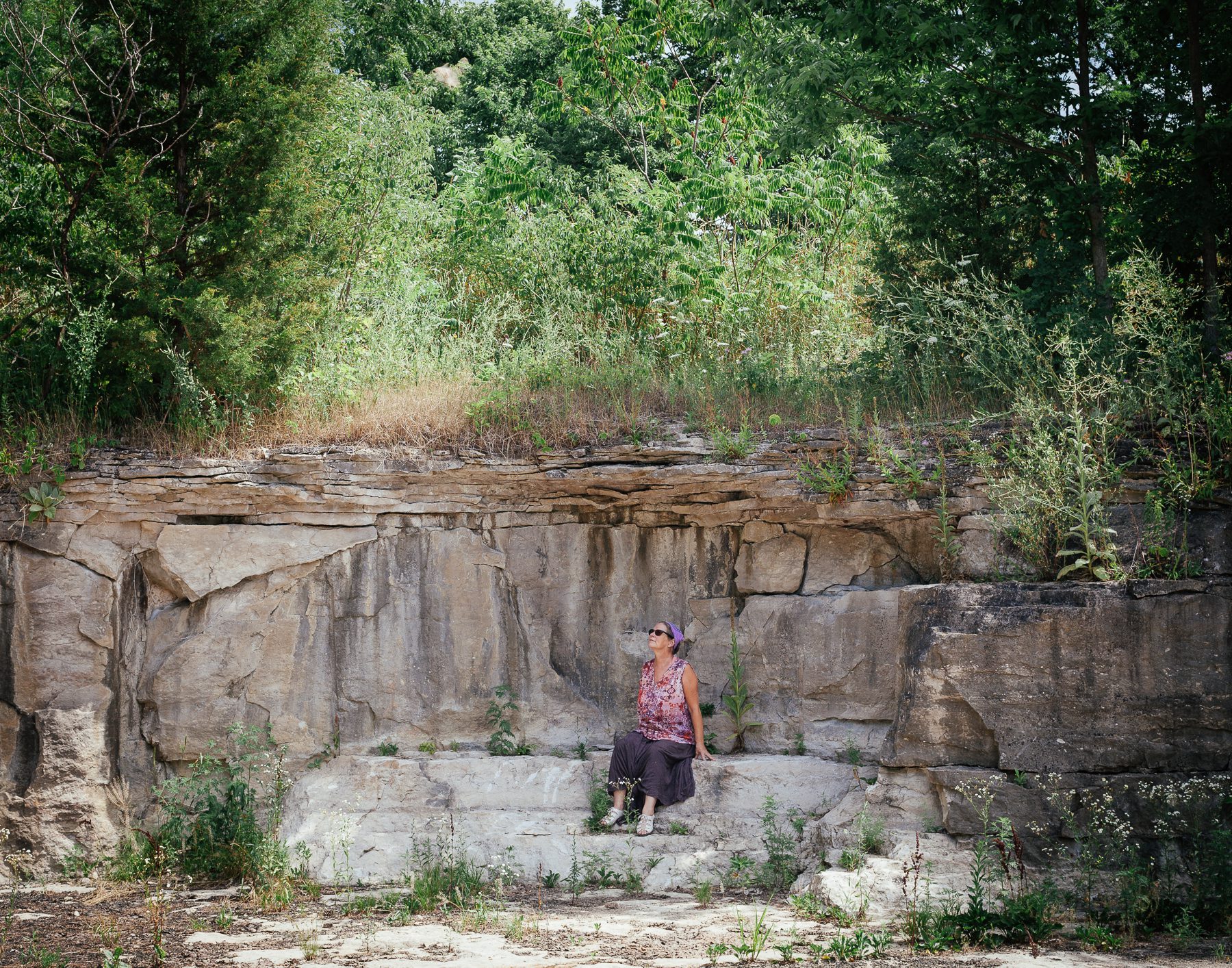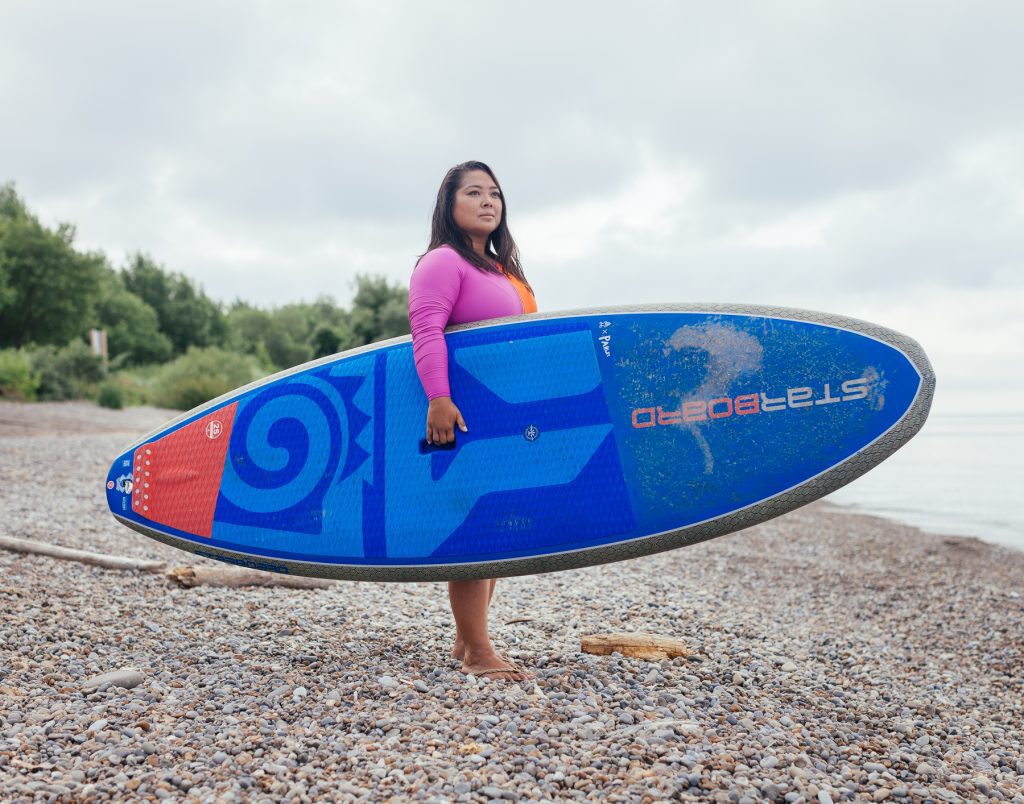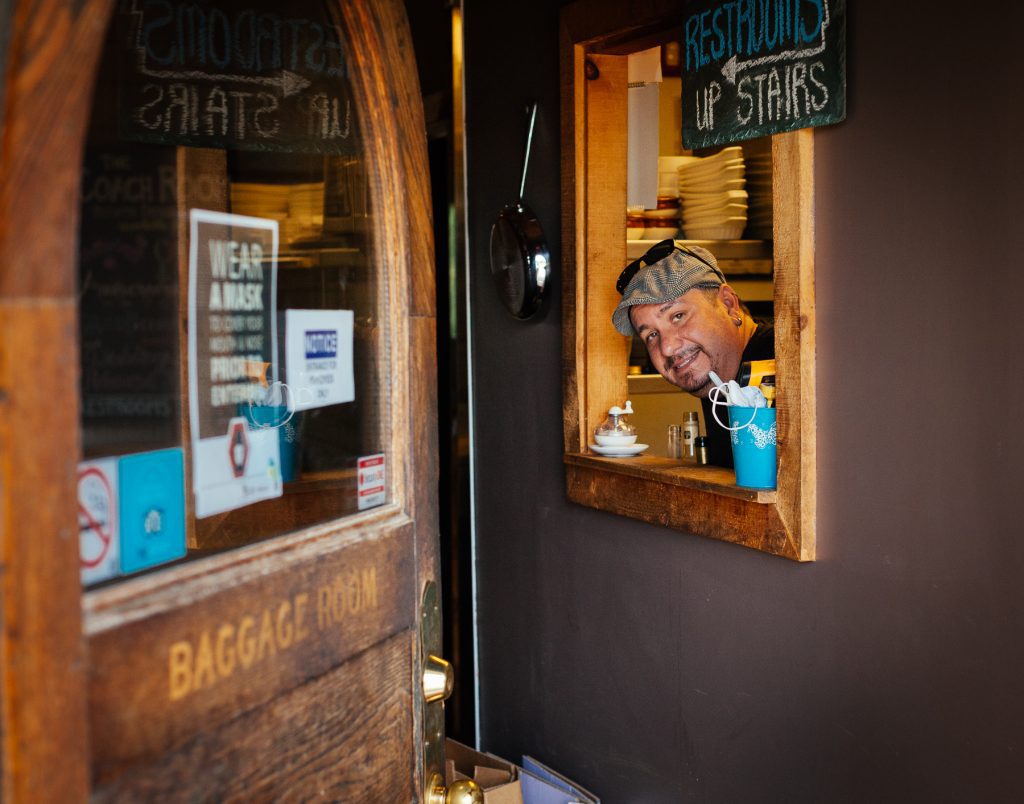“I fell in love with Pelee Island at first sight. It reminded me of home.”
Patricia kept returning to the island. On each subsequent visit, her fascination with its residents and flora and fauna grew. She jokes about how there is nothing to do on the island, but it still takes all day.
After living for decades in cities, the island made Patricia feel like a kid again, giving her a sense of exploration. It brought back memories of many of the comforts she had as a child in BC. Patricia spent her youth in the gully beside her house — exploring with her friends “the fish, the pheasants and the ferns.”
This ongoing curiosity led Patricia to connect with and learn from local botanists, biologists, and birders in the area.



